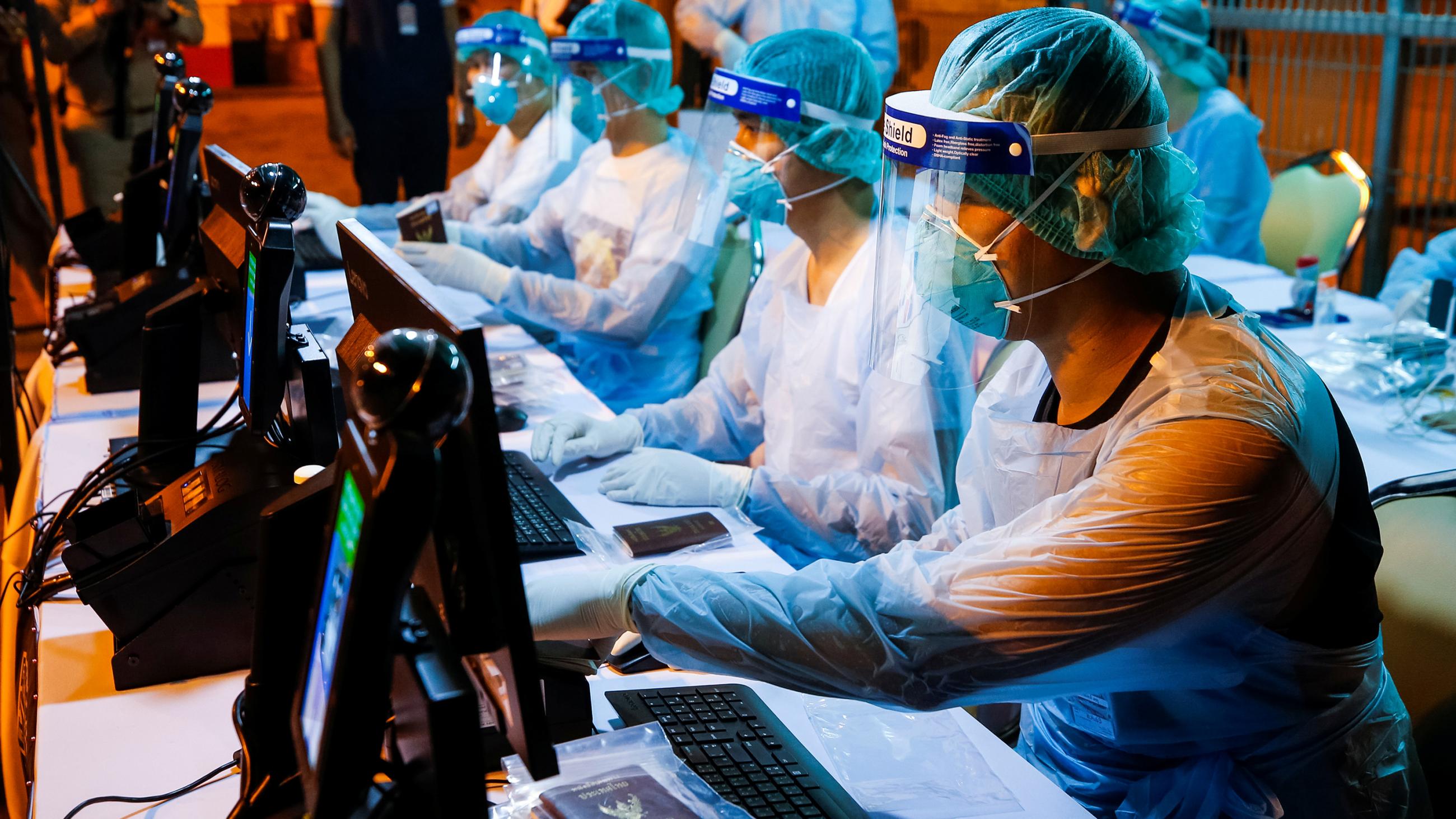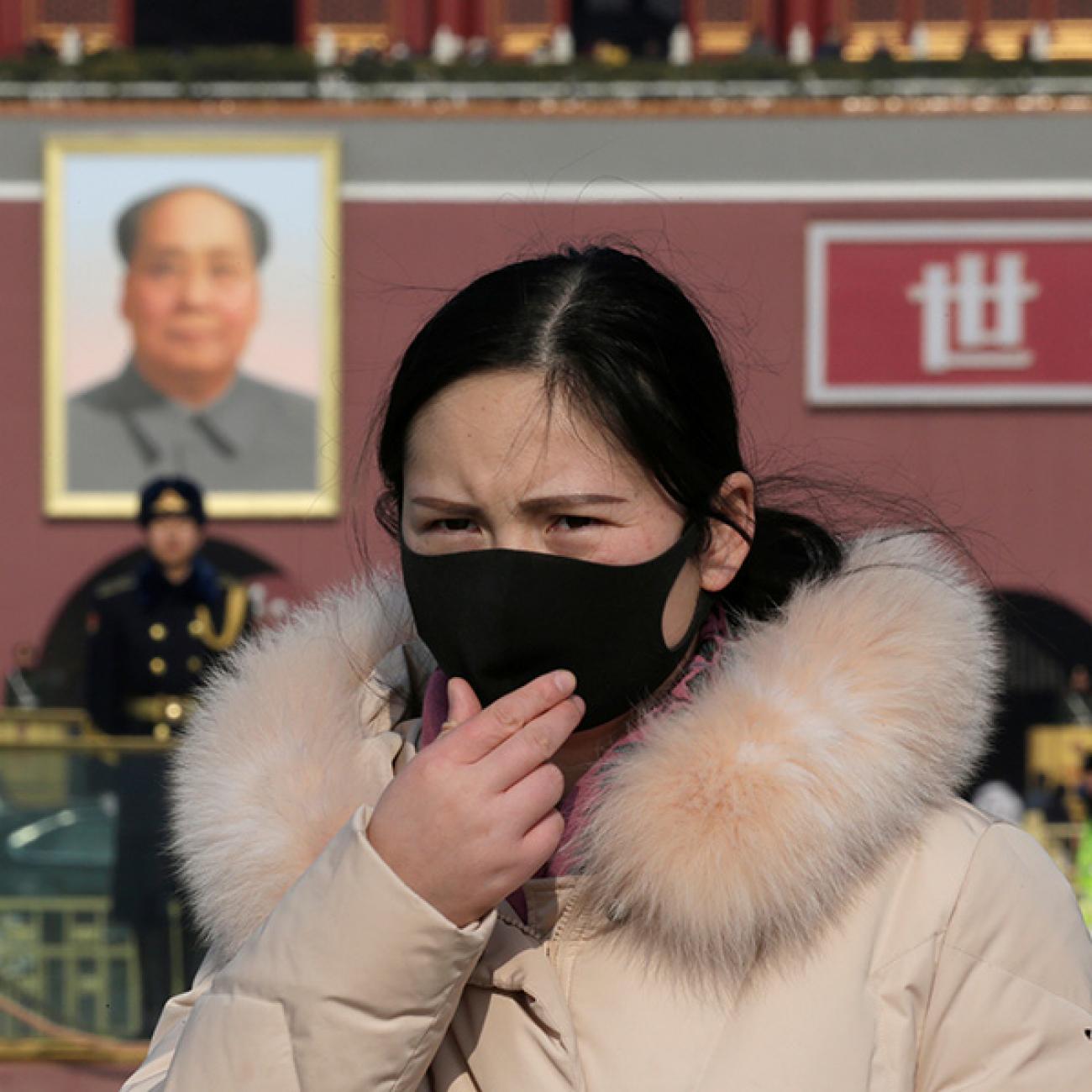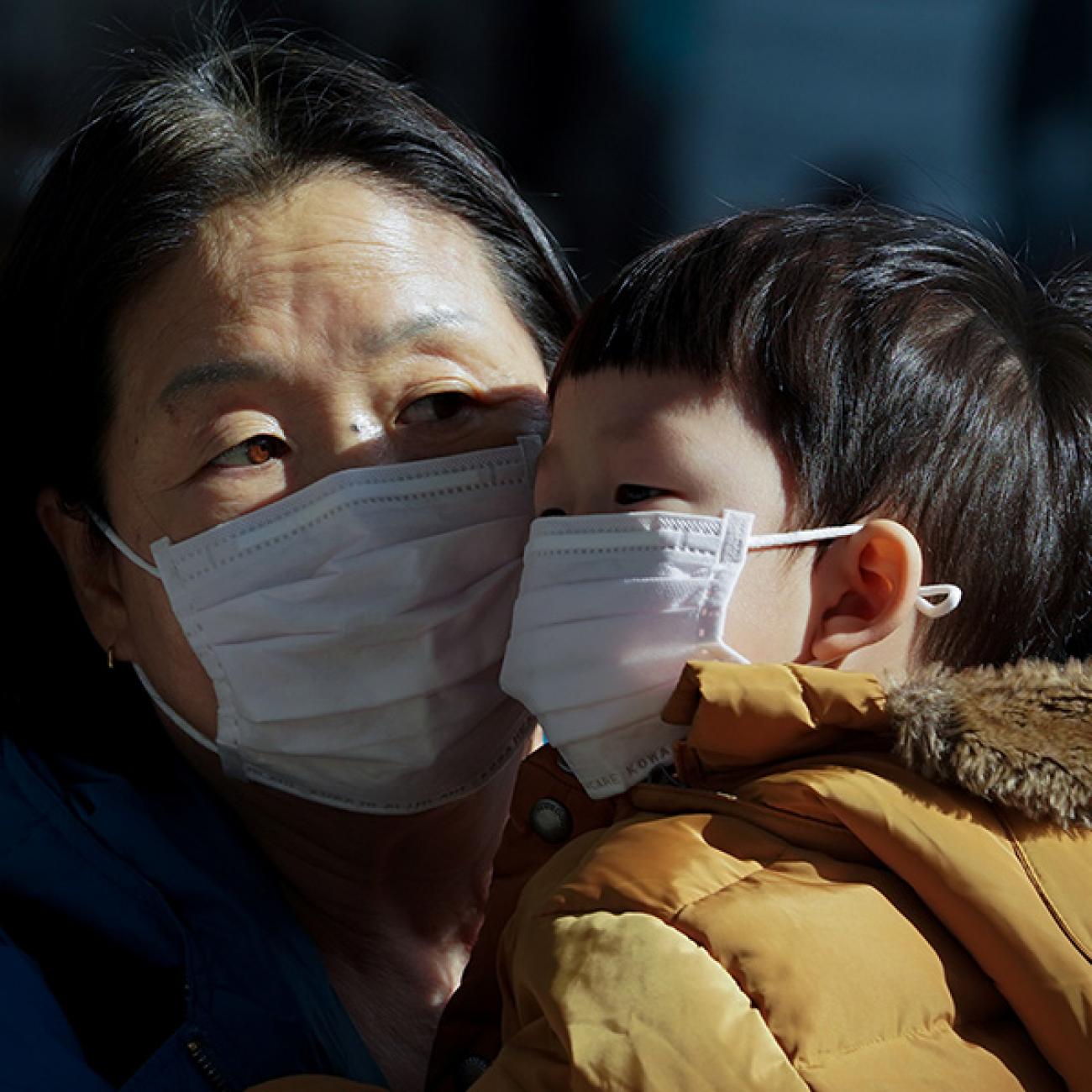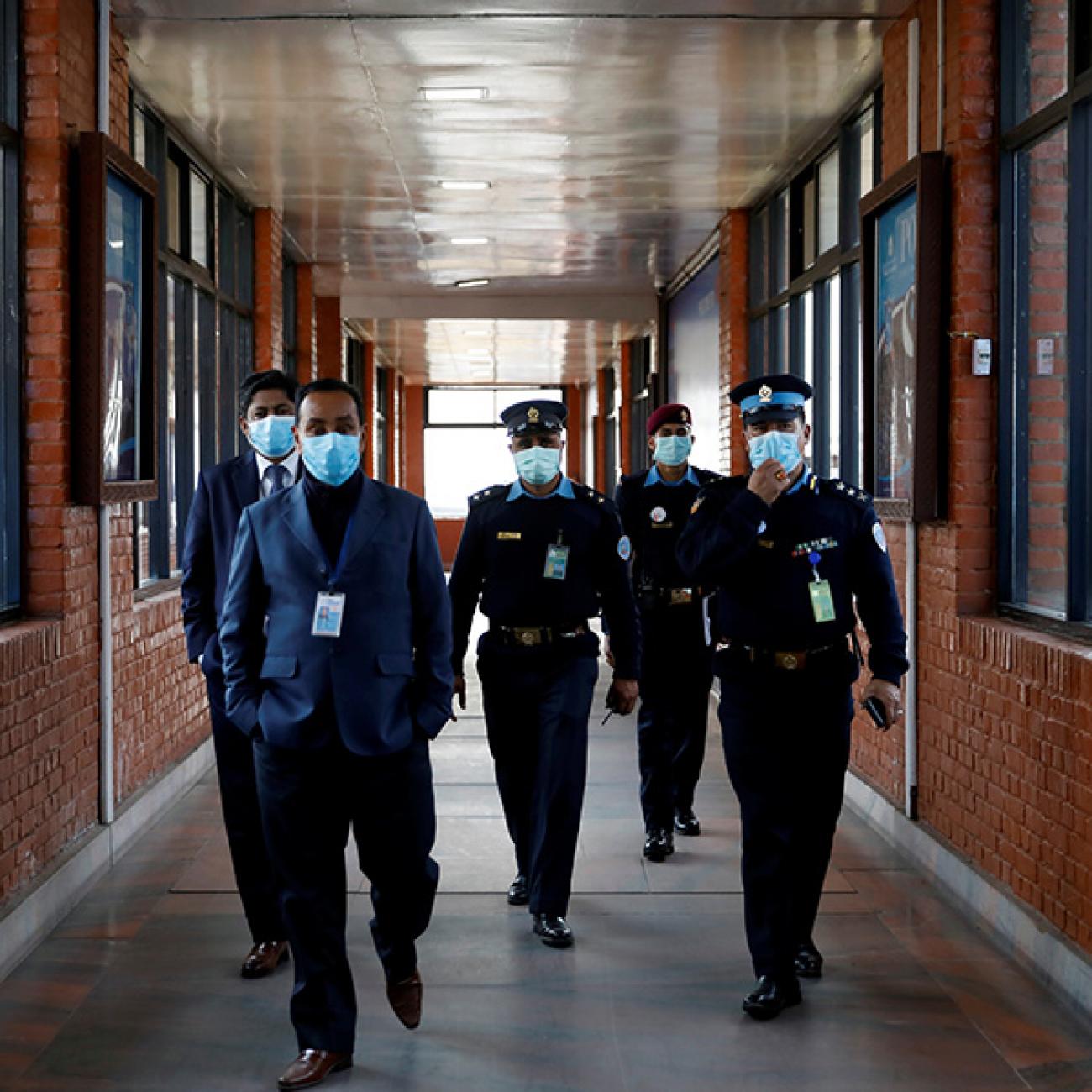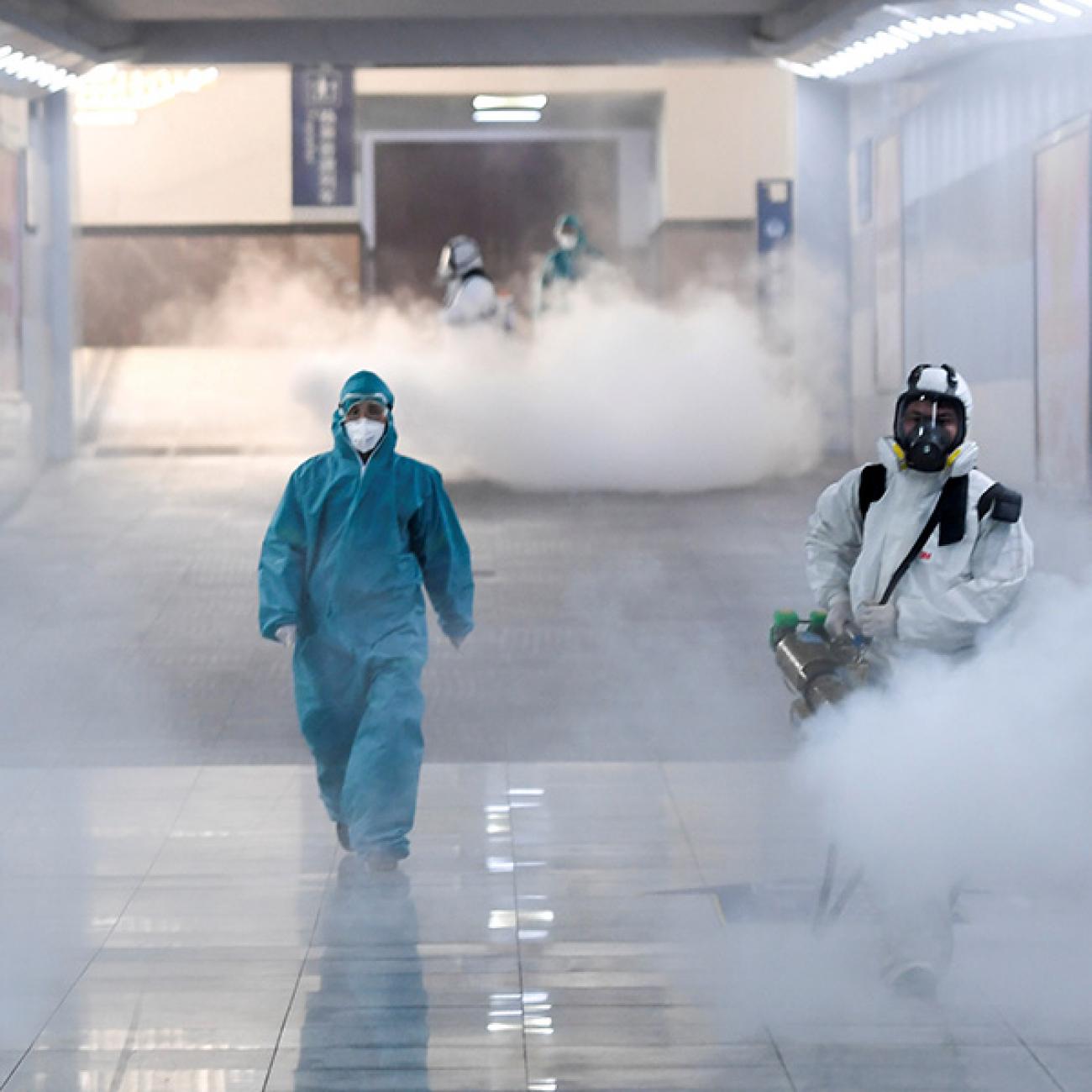Policymakers and public health responders are facing a barrage of questions about the Novel Coronavirus (nCoV2019) outbreak. Most are of a scientific and technical nature, crucial to containing the outbreak; such as, how infectious is it? How long does it incubate in the body before you get sick? And can it be spread by people who have no symptoms?
There are other, unanswered questions that also need to be addressed but are rarely even asked. My own research demonstrates that outbreak responses consistently fail to meaningfully include gender analysis. This is despite substantial evidence from other researchers that gender inequities exacerbate outbreaks, and responses that do not incorporate gender analysis exacerbate inequities.
Questions that need to be asked in order to take a gendered approach to the coronavirus, improve outcomes for people affected by it, and save lives
The coronavirus response has the chance to break this mold by integrating gender analysis immediately. Gender analysis asks how socially-constructed roles and identities affect vulnerability to and experiences of an outbreak. While the focus is on differences between women and men and between girls and boys, inequities related to race, ethnicity, sexuality, and religion are integrated. Gender analysis starts by asking questions like the ones below. Just as with the more technical questions being posed about the nCoV2019 virus itself, most of the answers to these eight questions are currently unknown, and this is not meant to be an exhaustive list. What follows is a list of the types of catalyzing questions that need to be asked in order to take a gendered approach to the coronavirus, to improve outcomes for people affected by the virus, and to save lives.
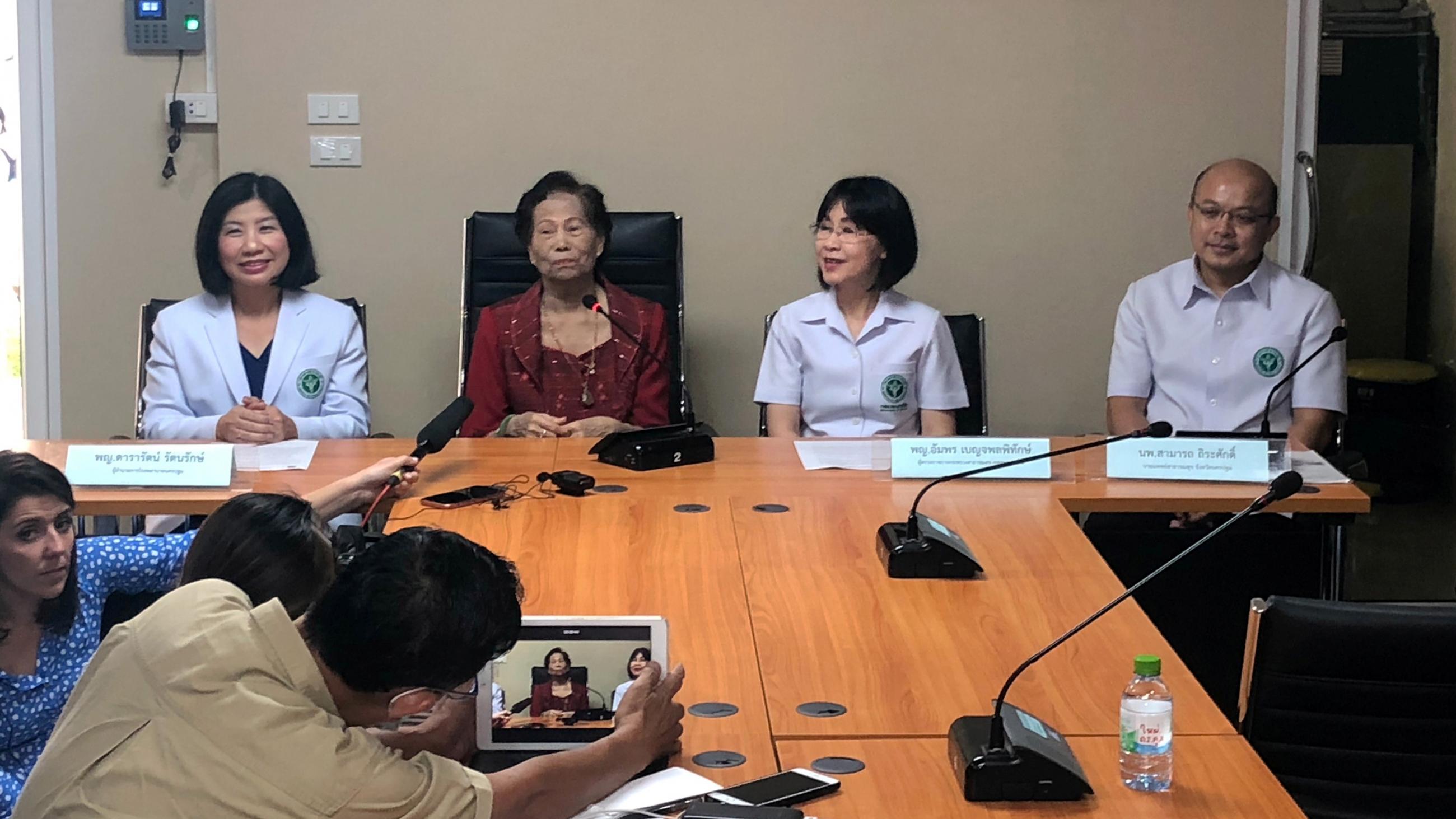
Is data being disaggregated by sex? Is there a difference in terms of infection and mortality rates? If so, what are the biological and social factors causing this?
Delays in publishing sex disaggregated data during the 2014-16 West African Ebola outbreak resulted in unnecessary debates about whether or not more women than men were being infected. These debates were counter-productive because they delayed efforts to address the more central question of how to address inequities until after the outbreak was over. Data from the current Ebola outbreak in the Democratic Republic of Congo indicate that two-thirds of the people infected are women. These higher infection rates are attributed to women’s social responsibilities as caregivers and due to their lack of trust of unknown male health providers. Responders and policymakers need to take these factors into account if they are to reach those most at risk of infection and most in need of care.
Who is caring for the ill both in formal healthcare settings and at home?
It is probably mostly women. Women provide the majority of home-based care and make up the majority of the global health workforce. Assuming women are providing the majority of care, then the majority of supports and services should be directed accordingly, which leads to the next question.
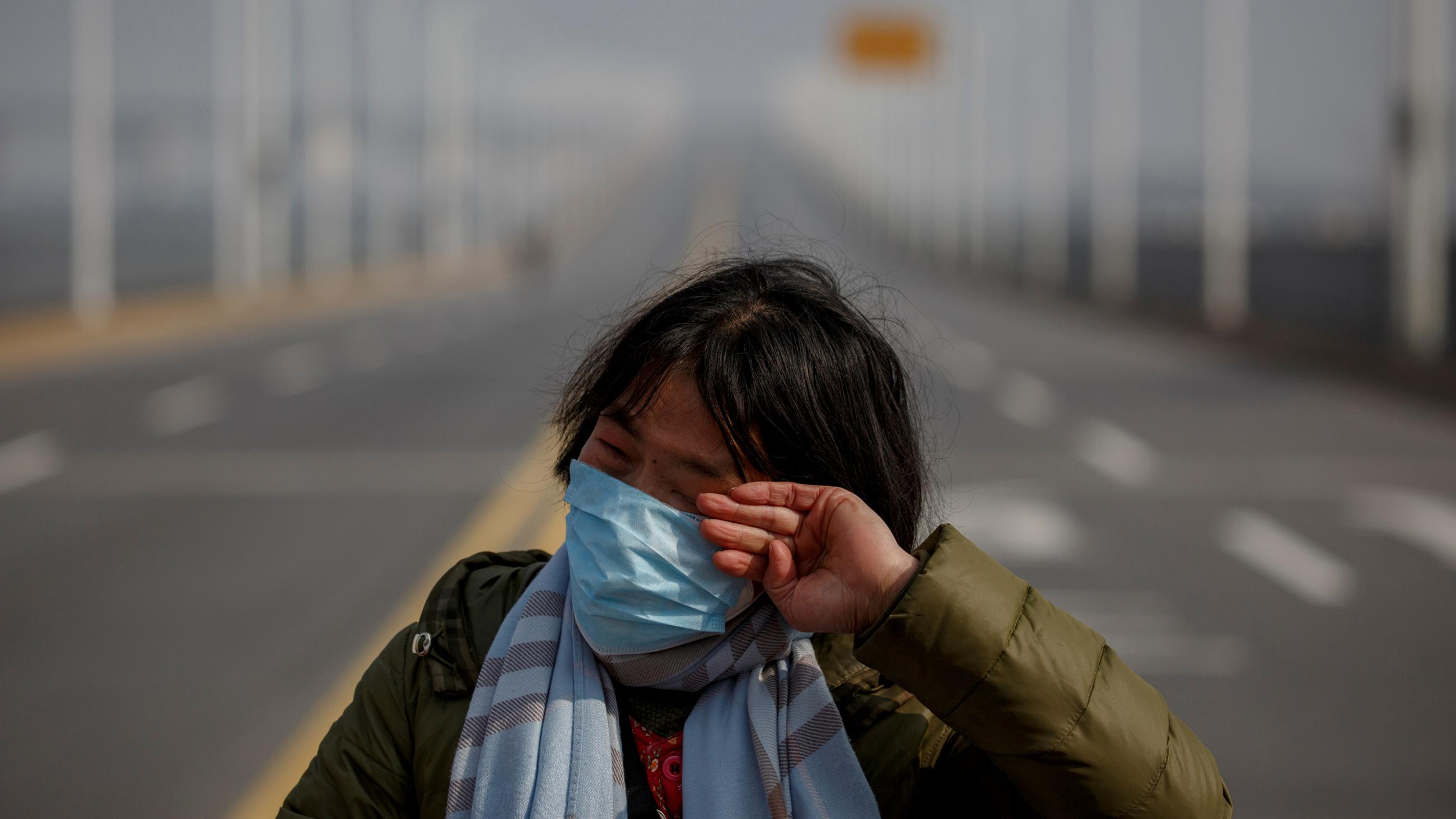
Are those (mostly women) caring for the ill being fairly compensated and supported?
Around the world, women healthcare workers make less than men in the same field. Such inequities are often exacerbated during outbreaks when health workers are required to work longer hours and as resources become scarce. Women’s additional care responsibilities, such as childcare, also require additional supported. Nurses working in Hong Kong during the SARS outbreak reported immense personal costs and feeling ‘sandwiched’ between personal and professional responsibilities.
Who is making the decisions about the outbreak response?
It is probably mostly men, and these men likely represent the dominant social group. For example, President Donald J. Trump recently announced the President’s Coronavirus Task Force of twelve men, eleven of whom are Caucasian. The Global Health 50/50 Report [PDF] from 2019 finds that 72 percent of executive heads in global health are men. Equity issues are only meaningfully integrated into emergency responses when women and marginalized groups are able to participate in decision-making.

How will different groups of people, particularly marginalized communities, be affected by stigma associated with the outbreak? How can this stigma be countered?
As one writer noted in relation to the new coronavirus, stigma can spread more rapidly than the virus itself. In Canada there are reports of parents petitioning to ban children who have traveled to China from school. In Australia fake news cautions consumers to avoid “Chinese Products.” Considering the low risk of infection in these countries, these xenophobic responses pose the most pressing public health threat.
Are there specific groups, such as vulnerable minorities, that might avoid surveillance, testing and care because of distrust of government and/or healthcare services? How can they be reached and protected?
In the 1980s, during the early days of the HIV/AIDS epidemic in North America, many of those most at risk were fearful of getting tested or seeking care because of distrust of public health institutions, which had previously considered homosexuality an illness. Are there marginalized groups in areas affected by the coronavirus that may be distrustful of government authorities? How can they be reached, and how can their rights be guaranteed?
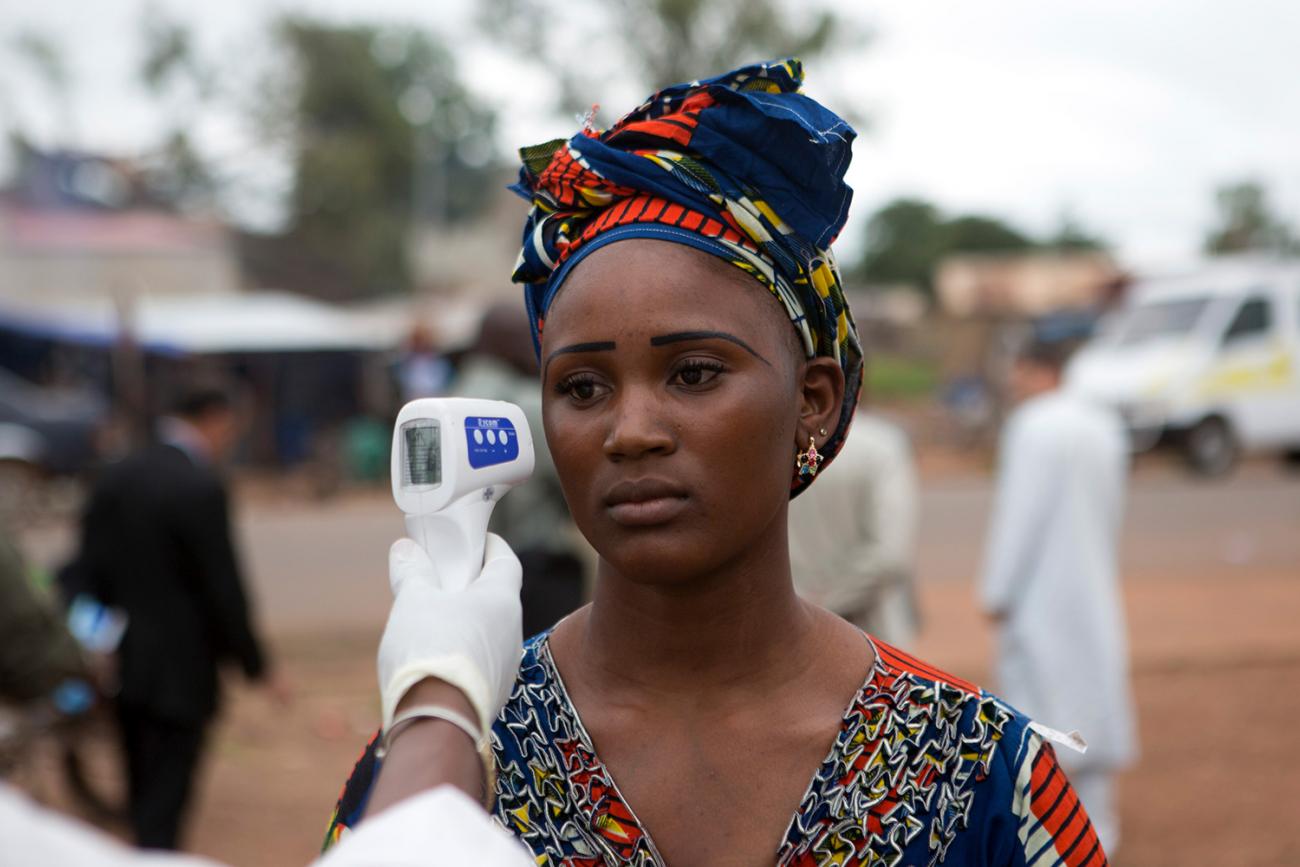
Are sexual and reproductive health needs being met?
During the Ebola outbreak in West Africa, maternal health clinics were closed as resources were diverted to the outbreak response. Consequently, the maternal mortality rate in the region, already one of the highest in the world, increased by 70 percent. Questions to be asked of the current outbreak include if pregnant women in quarantined areas have access to care? Are sexual and reproductive supplies, such as contraception, readily available?
Not asking such questions now may bear a great cost—and one that will primarily be borne by women
Asking, and answering, questions like these now—in the midst of the coronavirus outbreak instead of waiting for the post-mortem critiques which will surely follow—will improve the effectiveness of the response and promote gender equity, as opposed to exacerbating inequities. Integrating gender analysis at all levels of the response can save lives in the short term and inform best practices for emerging epidemics in the future. Not asking such questions now may bear a great cost—and one that will primarily be borne by women.
